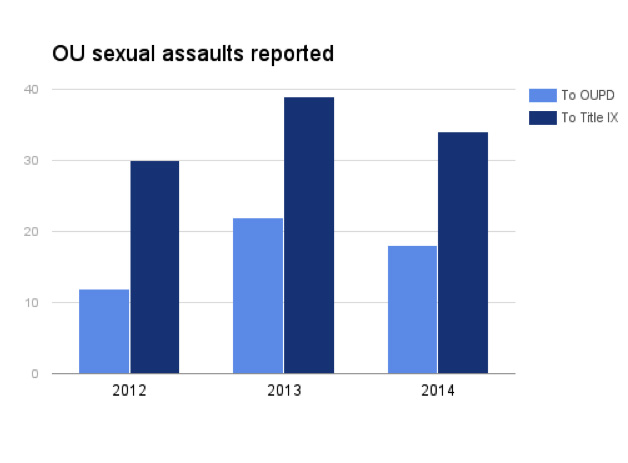The tobacco-based drug, known as cigarettes, has been around before the 1870s. During this time many long-term effects of its use have been discovered, such as cancer, asthma, and heart disease. Despite extensive research focusing on the negative sides of smoking, the Centers for Disease Control and Prevention (CDC) has reported that the leading cause of preventable death is smoking.
Over the course of many years, cessation tools have been developed to help consumers kick their tobacco addictions. Nicotine patches, inhalers and gum have all been used, however, the first real breakthrough was made when e-cigarettes, commonly known as ‘vapes’, were introduced to the United States market in 2007. Most people believe that vapes were created to help tobacco addicts overcome their nicotine addictions.
According to a study conducted by the Oklahoma Tobacco Research Center, 64-percent of vapers in Oklahoma who formerly smoked, completely quit cigarettes. However, little research has been done concerning the health affects of vaping, and the Food and Drug Administration (FDA) has not approved the formulas used by e- cigarettes companies.
“Look at how many years we’ve had cigarettes and how many years it took to get the data out,” dietitian Fran Olsen Sharpe said. “We have second and third hand smoke that is causing issues with people.”
According to a New York Times article, the e-cigarettes industry has quickly increased its net worth reaching a 2 billion dollars income in 2014.
Vapor shop owners have increased their profit margin by selling a wide variety of e- cigarettes types and e-liquid flavors. But, if the FDA has their way, many ‘mom and pop’ vape stores will be closing down in the near future, according to Claudine Crume, a vaper from Tuttle, Oklahoma.
Currently, the FDA plans to require all vaping products, from the different levels of nicotine to the massive variety of flavors, to be approved by them before being available in retail stores. For just one product to become FDA approved it could cost over $1 million dollars, according to Sabrina Tavernise’s article entitled “F.D.A Imposes Rules for E-Cigarettes in a Landmark Move.”
In an article written by Matt Richtel, it estimates that start up fees for a typical vape shop would be around $50,000. Furthermore, profits would exceed more than $300,000 yearly.
Crume, makes her own e-liquid using propylene glycol, vegetable glycerin, nicotine and flavoring. She said all of the ingredients she uses are from Wizard Labs and FDA approved, however, the combination of them with nicotine are not approved to be sold as a tobacco product.
Paul Dillon, a former smoker and owner of Velocity Vapor in Norman, said he feels vaping was an effective manner for him to quit smoking.
“I have family that has been effected by cigarettes. It has just killed some of my family. If anybody I can help quit smoking, that’s what I want to do,” Dillon said.
However, Maggie Pool, a registered nurse and assistant director of Goddard Health Center believes that there are more affective ways to quit smoking than to begin vaping.
“What I recommend for people is to do a combination type therapy. So if you’re going to use a nicotine replacement therapy, you also do a behavioral program like QuitSmart because research does show that the more stuff that you try to get over an addiction you’ll have more success,” said Pool.
Although the FDA wants to regulate e-cigarette products, many pro-vapers are putting up a fight by filing lawsuits. Right now, the future of vaping is hazy, but more research and data is sure to become available in the near future.






